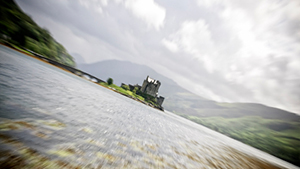Actors:
We are using Shauna, Simran and Jack as our actors.
 We decided to Use Shauna as our only female protagonist in our title sequence, as she has a sweet and innocent look, and looks similar to that of a woman from the 1950's, which is when our title sequence is set. She is also white British, like our Target audience, and therefore historically there would be no prejudice against her and she fits well with our setting - a Piano performance.
We decided to Use Shauna as our only female protagonist in our title sequence, as she has a sweet and innocent look, and looks similar to that of a woman from the 1950's, which is when our title sequence is set. She is also white British, like our Target audience, and therefore historically there would be no prejudice against her and she fits well with our setting - a Piano performance.  Simran is our femme fatal character, we chose her for this role as her long black hair is typical of this type of character, and her definite features mean her expression is easily noticeable, we have also had previous experience working with her in our continuity task, and know that she would be able to portray this character well through her acting skills.
Simran is our femme fatal character, we chose her for this role as her long black hair is typical of this type of character, and her definite features mean her expression is easily noticeable, we have also had previous experience working with her in our continuity task, and know that she would be able to portray this character well through her acting skills.  Jack is our male cynical antagonist, we chose him for this role as he is white British - like most of our audience, and his sweeping hair creates a level of mystery, which is what will be portrayed in our title sequence.
Jack is our male cynical antagonist, we chose him for this role as he is white British - like most of our audience, and his sweeping hair creates a level of mystery, which is what will be portrayed in our title sequence.








 This was used a lot in German films of the 1930s and 1940s.
This was used a lot in German films of the 1930s and 1940s.










